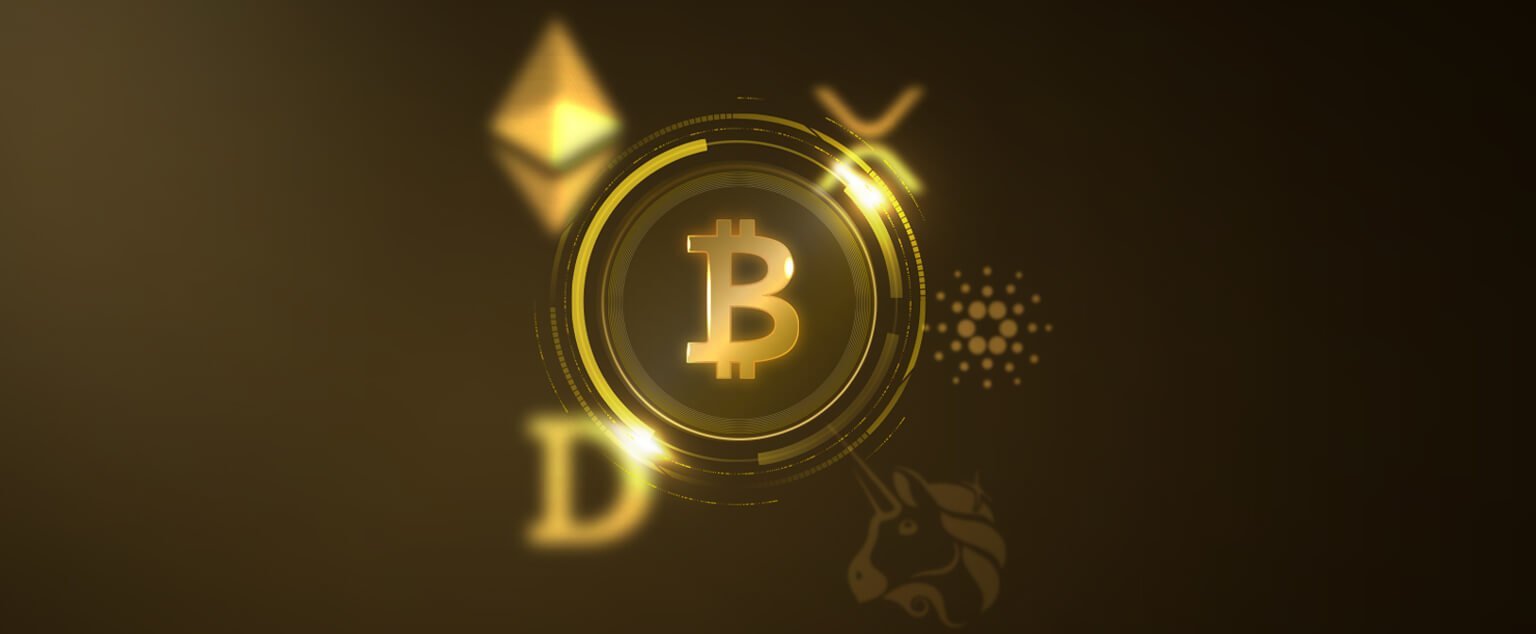Nothing beats an explosion of blockchain news to leave you wondering, “Um… what’s going on here?” That’s how I felt when I read about Grimes being paid millions of dollars for NFTs or Nyan Cat being sold as one.
Non-fungible tokens (NFTs) appear to be all the rage these days. Are NFTs, however, worth the money—or the hype? Some experts believe they are a bubble that will burst, similar to the dot-com craze or Beanie Babies. Others believe that NFTs are here to stay and will forever change investing.
What is an NFT?
- The majority of NFTs are stored on the blockchain of the Ethereum cryptocurrency, which is a distributed public ledger that records transactions.
- NFTs are individual tokens that contain valuable information.
- They can be bought and sold like other physical types of art because their value is primarily determined by the market and demand.
- The unique data of NFTs makes it simple to verify and validate their ownership as well as the transfer of tokens between owners.
An NFT is a digital asset that can include art, music, in-game items, videos, and other media. They are purchased and sold online, frequently using cryptocurrency, and are typically encoded with the same underlying software as many cryptos.
Despite the fact that they have been around since 2014, NFTs are gaining popularity as a popular way to buy and sell digital artwork. The market for NFTs alone was worth $41 billion in 2021, which is approaching the total value of the global fine art market.
NFTs are also typically one-of-a-kind, or at the very least one of a very limited run, with unique identifying codes. This is in sharp contrast to the vast majority of digital creations, which are almost always infinite in supply. Cutting off supply should theoretically increase the value of a given asset, assuming it is in demand.
However, many NFTs have been digital creations that already exist in some form elsewhere, such as iconic video clips from NBA games or securitized versions of digital art that is already floating around on Instagram.
Individual images—or even the entire collage of images—can be viewed online for free by anyone. So, why are people willing to spend millions of dollars on something that can be easily screenshotted or downloaded? Because an NFT allows the buyer to retain ownership of the original item. Furthermore, it includes built-in authentication, which serves as proof of ownership. Collectors value “digital bragging rights” nearly as much as the item itself.
How is an NFT different from Cryptocurrency?
NFT is an abbreviation for non-fungible token. It’s built with the same programming as cryptocurrency, such as Bitcoin or Ethereum, but that’s where the similarities end.
Physical money and cryptocurrencies are “fungible,” which means they can be traded for one another. They’re also worth the same amount—one dollar is always worth another dollar, and one Bitcoin is always worth another Bitcoin. The fungibility of cryptocurrency makes it a reliable method of conducting blockchain transactions.
NFTs are distinct. Each has a digital signature that prevents NFTs from being exchanged for or equal to one another (hence, non-fungible). Because they’re both NFTs, one NBA Top Shot clip isn’t the same as EVERYDAYS.
How does an NFT work?
NFTs exist on a blockchain, which is a public distributed ledger that records transactions. You’ve probably heard of blockchain as the underlying process that allows cryptocurrencies to exist. NFTs are typically held on the Ethereum blockchain, though they can also be held on other blockchains.
An NFT is “minted” from digital objects that represent both tangible and intangible items, such as:
- Graphic art
- GIFs
- Videos and sports highlights
- Collectibles
- Virtual avatars and video game skins
- Designer sneakers
- Music
NFTs are essentially digital versions of physical collector’s items. Instead of an actual oil painting to hang on the wall, the buyer receives a digital file.
They will also have sole ownership rights. NFTs can only have one owner at a time, and using blockchain technology makes it simple to verify ownership and transfer tokens between owners. The creator can also store specific information in the metadata of an NFT. Artists, for example, can sign their work by including their signature in the file.
What is NFT used for?
Artists and content creators have a unique opportunity to monetize their work thanks to blockchain technology and NFTs. Artists, for example, no longer have to rely on galleries or auction houses to sell their work. Instead, the artist can sell it directly to the consumer as an NFT, allowing them to keep a larger portion of the profits. Furthermore, artists can set up royalties so that they receive a percentage of sales whenever their work is sold to a new owner. This is an appealing feature because most artists do not receive future proceeds after their work is sold.
Art isn’t the only way to profit from NFTs. Charmin and Taco Bell, for example, have auctioned off themed NFT art to raise funds for charity. Charmin’s offering was dubbed “NFTP” (non-fungible toilet paper), and Taco Bell’s NFT art sold out in minutes, with the highest bids coming in at 1.5 wrapped ether (WETH), or $3,723.83 at the time of writing.
Nyan Cat, a GIF of a cat with a pop-tart body from 2011, sold for nearly $600,000 in February. As of late March, NBA Top Shot had sold more than $500 million. A single LeBron James highlight NFT sold for more than $200,000 on eBay. Celebrities such as Snoop Dogg and Lindsay Lohan are also jumping on the NFT bandwagon, releasing securitized memories, artwork, and moments.
Popular NFT marketplaces
Once you’ve set up and funded your wallet, there’s no shortage of NFT sites to choose from. The following are the largest NFT marketplaces at the moment:
Although these and other platforms are home to thousands of NFT creators and collectors, do your homework before purchasing. Some artists have been duped by imposters who have listed and sold their work without their permission.
Furthermore, the verification processes for creators and NFT listings differ across platforms, with some being more stringent than others. For NFT listings, OpenSea and Rarible, for example, do not require owner verification. Buyer protections appear to be limited at best, so when shopping for NFTs, remember the old adage “caveat emptor” (let the buyer beware).






